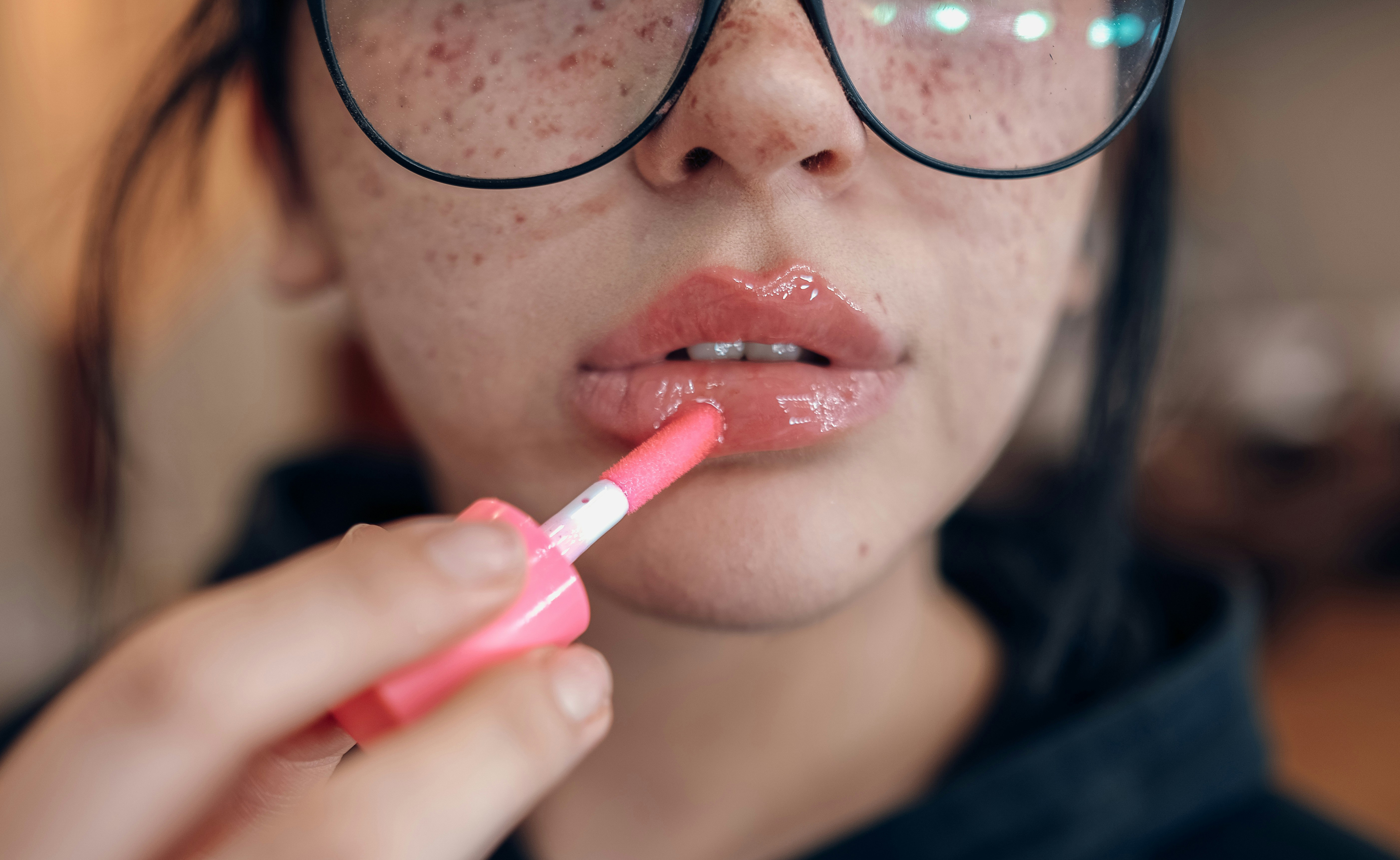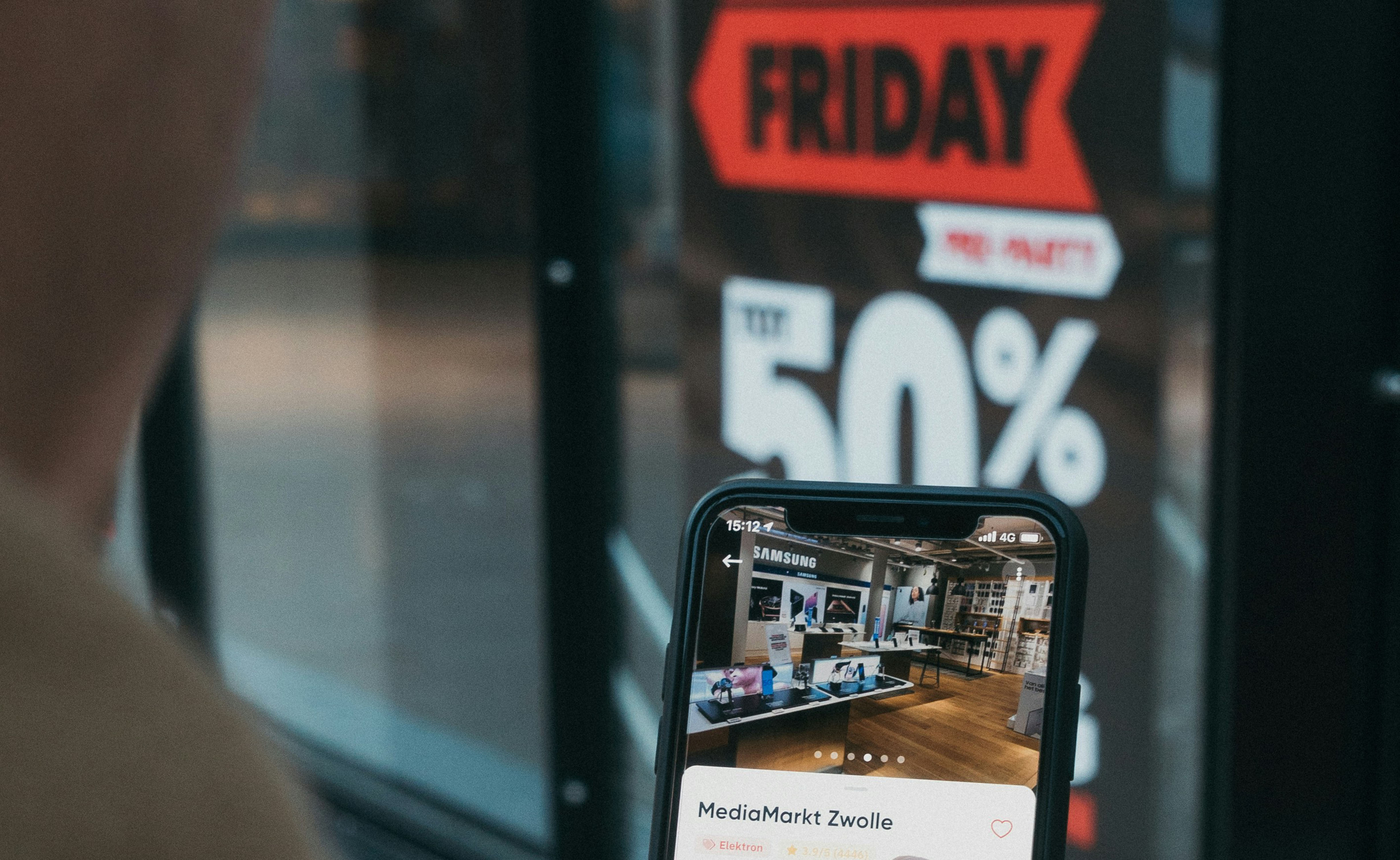Using semiotics to uncover meaning in Lip Gloss Category for a French beauty major

The Challenge
Our client, a French cosmetics giant, wanted to understand the packaging space in the US Lip Gloss market. The brand needed to play up and own six dimensions of beauty, product efficacy and wider cultural concerns. For this, they needed to understand how the category operated, how the competition positioned itself in the category, which of the six dimensions were owned by them and finally what the opportunities for differentiation in the category were.
Our Approach
Rationale
We proposed a comprehensive two stage research, which allowed the brand to get a holistic and contextual analysis. We were able to provide rich cultural context to consumer behaviour and responses, understand how brands in the the category positioned themselves. This allowed the packaging analysis to be grounded in foundational knowledge. consisting of the following:
Stage 1: Trends Analysis
- semiotic audit of existing organisational data about the category and consumer responses to testing.
- semiotic audit of the brand's six dimensions of beauty and what they meant culturally
- a cultural deep dive into the enduring meanings of beauty.
- recessive, dominant, and emergent meanings and codes of beauty, make up and lips in lifestyle, fashion and beauty print and online magazines
- perfume and makeup brand communications and what meanings they communicate
- lip gloss category communications and what meanings they communicate
Stage 2: Packaging Analysis
- semiotic and sensorial analysis of over 100 lip gloss packaging including secondary and primary. Primary packaging was broken down into cap, vial, wand and tip.
The Outcome
Making meaning of existing consumer research
The semiotic review of existing consumer research allowed the client to pin point the cultural contexts consumer responses in the quantitative and qualitative research, including product testing.
Optimising the brand proposition
The cultural decoding of the brand proposition (the six dimensions) allowed us to create a hierarchy of dimensions allowing the brand to prioritise the dimensions for packaging innovation based on dormant, dominant and emergent trends. We also linked it back to consumer needs.
Emergent Trends and Codes
The cultural analysis generated a total of 12 trends, which were optimised into three opportunity codes. Each opportunity code clearly articulated the cultural trends (dormant, dominant and emergent) underpinning them. For example, we could pinpoint which of the trends were opportunities in the immediate term and which ones would emerge from adjacencies such as skin care. The three codes related to:
- Enduring and historical codes found in high culture of beauty
- Dominant codes expressed in egalitarian and youthful norms of beauty
- Emergent codes of skin care expressed in skinceuticals and naturalness
Packaging Analysis and Playbook
Finally, the packaging was analysed and we found that they fit into the codes we identified. This allowed us to create a playbook for the brand consisting of signs and symbols to watchout for and ones to leverage in new packaging innovation.
Learn more about semiotics
To understand more about how semiotics can be used to support product design marketing strategy read our article 'semiotics in market research and marketing' , where you can learn how semiotic insights can be utilised for strategic and tactical marketing activities
Related case studies

Repositioning Hair Dryer Communication through Semiotics

Samsung – Semiotic Toolkit for Offers in Consumer Technology
